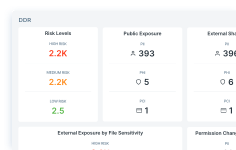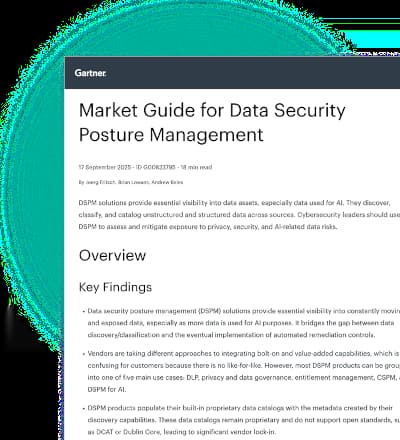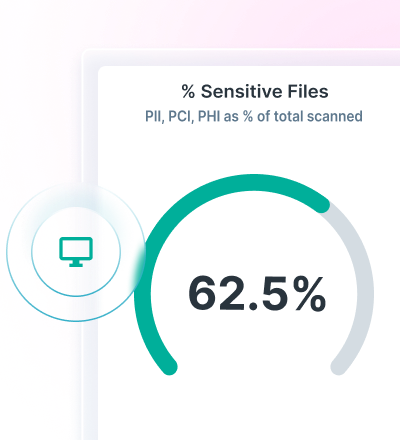FEATURED PRODUCTS
POPULAR PRODUCT INTEGRATIONS
SEE IT IN ACTION
How to Protect Your Data Everywhere

See Our Data Detection & Response (DDR) Software in Action

STILL UNSURE?
Talk to an ExpertGet Free Data Risk Assessment for OneDriveOUR PLATFORM
PROBLEMS WE SOLVE
INDUSTRIES WE SERVE
CUSTOMER STORIES
Why Finance Is Ground Zero for AI Attacks

Pinpoint Accuracy and Transparent Reporting

STILL UNSURE?
Free Data Risk AssessmentTalk to An ExpertWHY CHOOSE FORCEPOINT
COMPARE US






